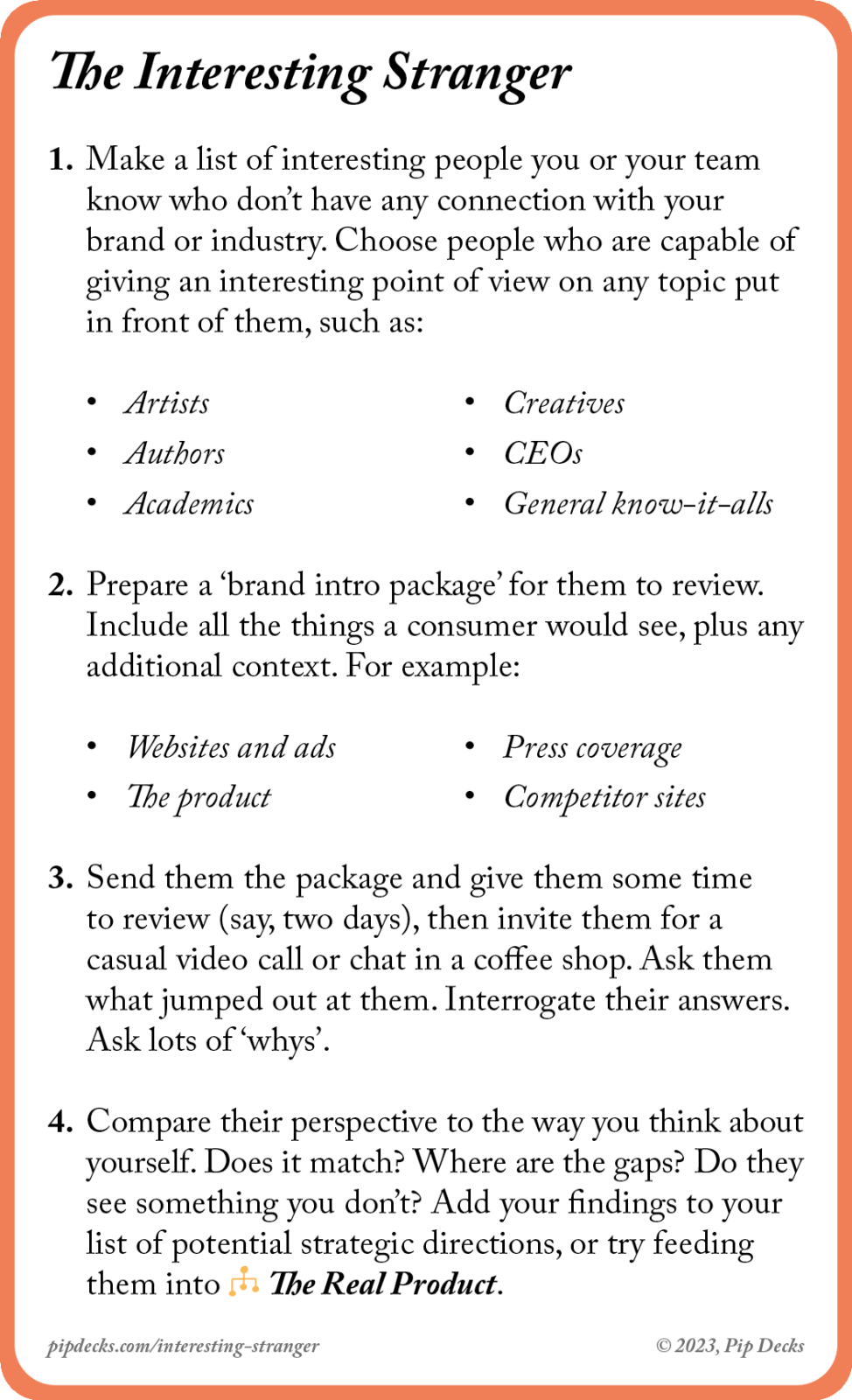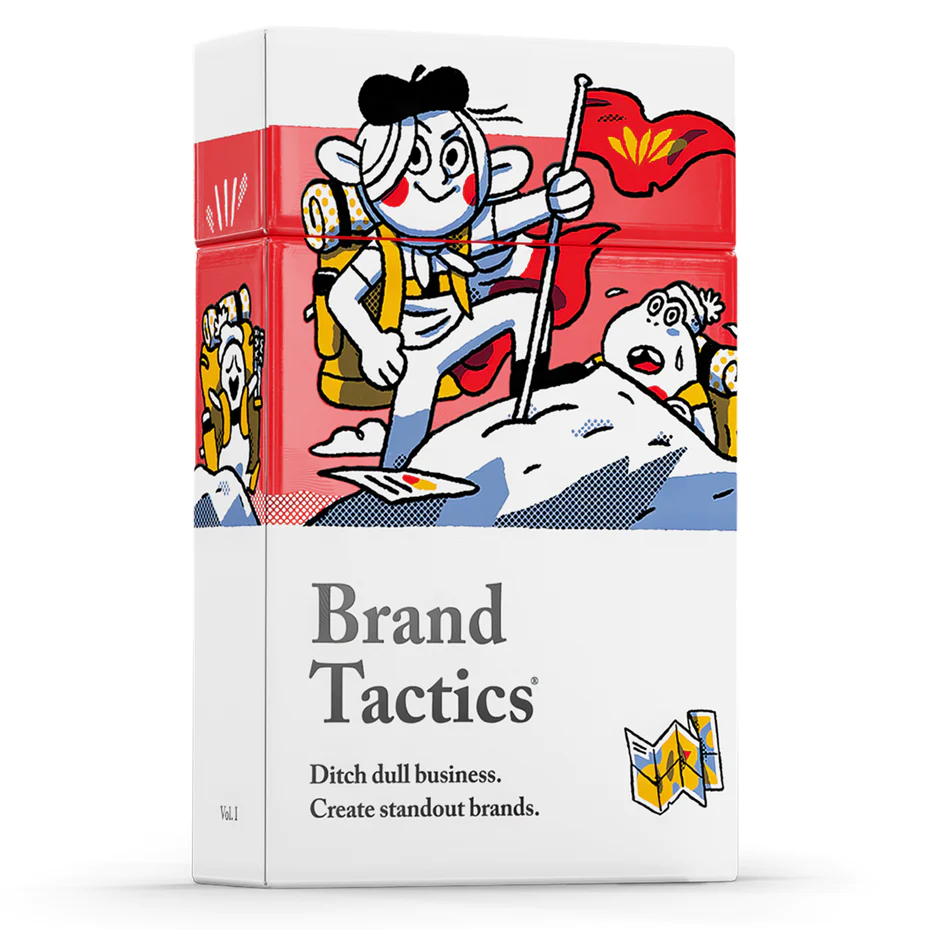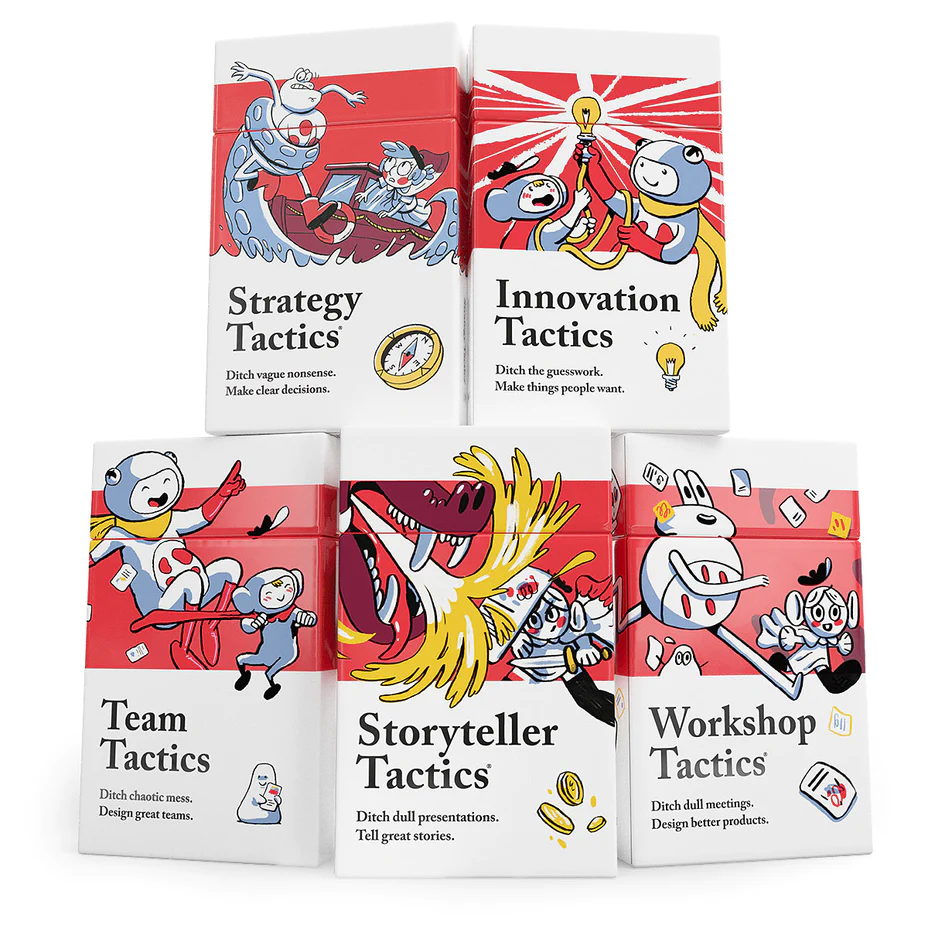Brand Relationship Tactics
Tips to build strong brands through deep customer and audience relationships.
Build Strong Brands by Implementing Brand Relationship Tactics
Branding is Relational
As anyone involved in branding or brand strategy will tell you, “A brand is not what you say it is – it’s what THEY say it is,” but how do we convert that insight into meaningful brand relationship tactics?
When we talk about branding, especially brand management, it’s easy to get caught up in events and sponsorships, point of sale design, influencer selection and a host of other quite practical and necessary steps to get a brand in front of an audience. Yes, these are all important brand tactics, but it’s important for us to remember that brands are, if nothing else, relational.
In this article I’ll address how organizations can implement several brand relationship tactics to build trust and to connect with audiences where they are. It’s also important to recognize that a brand can be a person, nonprofit, corporation, governmental entity, activist group, or any other type of organization, and brands can promote far more than products and services. In many cases brand relationship tactics can establish new ideas, ways of thinking, and even approaches to engaging with the world.
So, let’s get started. How can we identify and implement strong brand relationship tactics?
Building Brand Relationships
The first thing we need to do to connect with audiences through branding is to recognize that older models like aggressive selling, manipulative approaches to consumer behavior, and even a fixation on products, services or production techniques have to take a back seat to brand. Think about what it’s like to build a friendship.
Do lasting friendships start with you telling the other person you are the best and there’s no one like you in the world? Rarely. Usually your unique traits and your friend’s unique traits emerge over time after you’ve connected around things that have some form of shared meaning. In fact, people don’t build lasting friendships with masses of people, but rather with one or two, or a niche group of people who get together regularly, often around something personal that is deeply held by individuals but in a shared context like creativity, religion, business, relaxation, entertainment, history, travel, cars – you name it, people can probably connect around the topic.
To build strong brand relationships we can start in a similar way. These brand relationship tactics, influenced by the Brand Tactics Deck from Pip Decks help to build connections around personal deeply held attitudes and beliefs.
Belief Based Brand Relationship Tactics
How do we discover and connect with deeply held attitudes and beliefs? Find someone different from yourself and get to know them.
The Brand Tactics recipe “interesting stranger” recommends finding people, one at a time, that are not already connected to the brand.
The goal is to get third party feedback about your brand, so you’ll put together a package of brand materials and ask them to look through them over a couple of days. If you are just first developing a brand rather than assessing an existing brand, you might use “Punchy Prototypes” from the Innovation Tactics deck as a way to get feedback on prospective brand elements. After they’ve had a little time to review the materials, you’ll meet online or in person to ask questions in order to understand how they understand the brand.

For more on drawing out information from an audience, try “documentary conversation” or the “storyish conversations” card from Storyteller Tactics. These cards invite participants to put their answers into a story framework how would your interviewee see your brand making meaning in their daily life?
The Brand Tactics deck by Pip Decks provides 54 cards with recipes and processes to clarify the scope and goals of their brand, align messaging with audience beliefs, establish REAL differentiation, and discover new ways to imagine their brand’s position in the market. With 54 actionable recipe cards, your team will have the steps it needs to create and maintain a vital brand.
Want to get the Brand Tactics deck right away? Grab yours with a 15% discount by using our Affiliate Link.
Emotion Based Brand Relationship Tactics
Another Brand Relationship Tactic is to get to know your audiences emotions such as hopes and fears.
In the 1950s when logos became a major tool for companies to assert the consistency and quality of a product across many distribution locations (think McDonald’s Mobil oil, and ABC Television…) companies thought of customers as a black box – you can put messages in, but you don’t know what happens inside their head. You only can measure if they’ve recognized and then purchased a product. Branding rejects that, using what’s called a “cognitive” approach to marketing – one that emphasizes understanding shared cultural context and the mental models people use to create meaning.
Learn more about brand-based marketing techniques with our Brand Builders marketing class…
Gain the Knowledge and Skills to Build Your Brand
Take my online class The Brand Builder’s Workshop: The branding class for artists, small businesses and anyone who wants to make a big impact.
Fear based Brand Relationship Tactics
One of the Brand Tactics cards from Pip Decks encourages brand builders to evaluate the anxieties and fears of those in your target audience, not to exploit the fear as a motivational technique as in some marketing, but to provide the antidote by empowering people to act in ways that mitigate or assuage their fears.
The process can be enhanced with the “Emotional Dashboard” card from Storyteller Tactics. By observing a broad range emotions people have in your category and about your brand, how those emotions are shared, and whether emotions are part of the way a group creates meaning, can be helpful in shaping how the brand represents itself and what the brand becomes.
For brand builders, the question is, “How can you empathize with and either enhance or mitigate emotional states to move the needle on your audience’s emotional dashboard toward something fulfilling?”
And note that “fulfilling” doesn’t have to be always happy and joyful. A “fulfilling” funeral home experience, for example, can include moments of joy, but in many instances, that will be framed by more somber reflection.
Positioning Based Brand Relationship Tactics
Positioning maps are a part of traditional brand assessment, but these usually only evaluate two axes at a time. In a category like “watches” a number of brands could be evaluated on a vertical continuum of “luxury” and a horizontal continuum of “sport.” Sporty brands with a digital face that cost less than $25 would be low on luxury but very high on sport. A Rolex built for competitive sail racing might rank high on sport and luxury.
While creating positioning maps can be helpful, it can be a bit academic as well. The goal of these maps is to identify a space in the market that no one else occupies AND that is meaningful to audiences.
When panning for brand gold through positioning, being the “only” brand in a category is better than being the “best” brand in a category. The Brand Tactics card “Only is Better than Best” provides steps to look at factual differences between your offer and others in the market. In many ways, this exercise strips away “brand” to look under the hood at what you do, make, and fulfill, and the steps you go through to do all of that. Very often, the insights that spark brand differentiation are in things you might otherwise overlook as mundane. The goal is to understand who you are, as a brand, in their world?
In the end, you want to stand out in the right way.
Consistent Brand Relationship Tactics
Branding is Consistent these brand relationship tactics provide structure for building repeatability and consistency into a brand, including repeatable brand evolution.
Brand building is more often marketing to a niche than to the masses. That’s actually one of the changes that resulted in the brand building boom. As the internet and two and three-way conversations emerged in the 90’s, people began to group up around interests based on psychological reasons instead of merely demographics like gender, age, and economics. At the same time, advances in manufacturing allowed far greater customization and significantly reduced effort to produce variations in products and services.
Businesses found that if they tailored product features around what they called consumer “tribes” they could create more loyalty from the same group, and they could serve these unique psychographic groups with things that helped them reinforce their group affiliation.
But for marketers, this created a challenge. If there’s another million people that are kind of like the “tribe” we already serve, should we lump them in with the group we already serve?
The Brand Strategy card “The Silent Market” recommends following a paradox – the more niche you go, the more near-audience people you can serve as well. Make something for emergency responders and it will be rugged enough for a construction site or law enforcement. Make something delicate enough for weddings and there – focus more deeply on a single niche
Brand managers have plenty to do. Between developing product extensions, training employees, and working on launches, it’s easy to see how they’d create a calendar so full they’d never have a chance to sit down and talk with their audience, but staying in touch with the customer or receiver of the message is an IMPERATIVE that cannot be over stated.
The Brand Strategy tactic “Hamster Wheel” helps brand managers stay connected with their audience as they change. The reality is that brands change as they evolve. And just like any relationship, the other people in the relationship will change too. Which changes are supportive of the relationship and which are not? How can the brand and its audience evolve together?
These are questions any branded business must answer on an ongoing basis over the lifecycle of the brand, hopefully renewing itself rather than slipping into obscurity over time.
Value Adding Brand Relationship Tactics
Building “The ‘Why’” in as many contexts as possible helps you understand how your mission and vision become activated when they hit the road. By gathering a group of people to write down and add their “whys” you can also discover sub groups within your audience. This card in the Brand Tactics Pip Deck feeds directly into the next tactic, “The Philosopher.”
Becoming “The Philosopher” is all about finding the universal reason behind your brand. When you can tap into something truly big that everyone shares, your niche focus can become something for everyone.
As you develop a brand, ultimately you want people to stop asking the senior executives what they want, and the entire team should shift their focus toward a process described on the card “Paper Boss.” This Brand Tactics process is about establishing the brand as an entity that can guide everyone in an organization, including the leadership. From there, the team can move into “Brand Led Growth.” In this phase, a brand’s future products are not determined by operational capacity, but rather from the unique drivers that exist within the brand.
Does all of that sound a bit esoteric? Break it down with a few resources:
The deck is built to develop and refine your brand through a flexible structure that provides the right “recipe” at the right time to take your brand to the next level.
What do you get with the Brand Tactics deck complete package?
- a “brand building system” to identify insights and make them actionable within your unique brand position
- “recipes,” that put you in the right frame to discover insights and take action (differentiate, discover, transform, execute and expand)
- “strategy” – techniques develop your pathway to unique, valuable solutions
- “keep on truckin’” – tools to create a processes that keeps your brand vital and current with audiences
- “iconic leaps” – vision to establish an identity that stands above and beyond the fray
- a digital set of cards you can use in presentations or add to your device so you’ve got the tools at your fingertips
- an online portal with video based trainings on each and every tactic in the deck
Develop your brand with the Brand Tactics deck
We wanted to learn everything we could about brand storytelling. This is what we found out…
Build a Brand Multiverse
We wanted to learn everything we could about brand storytelling. After learning how DC and Marvel maintain their brands this is what we found out…
Get to know Pip Decks
Meet all of the decks in the Pip Decks line and get the tools to innovate, create strategy, tell better stories, and develop powerful teams.




